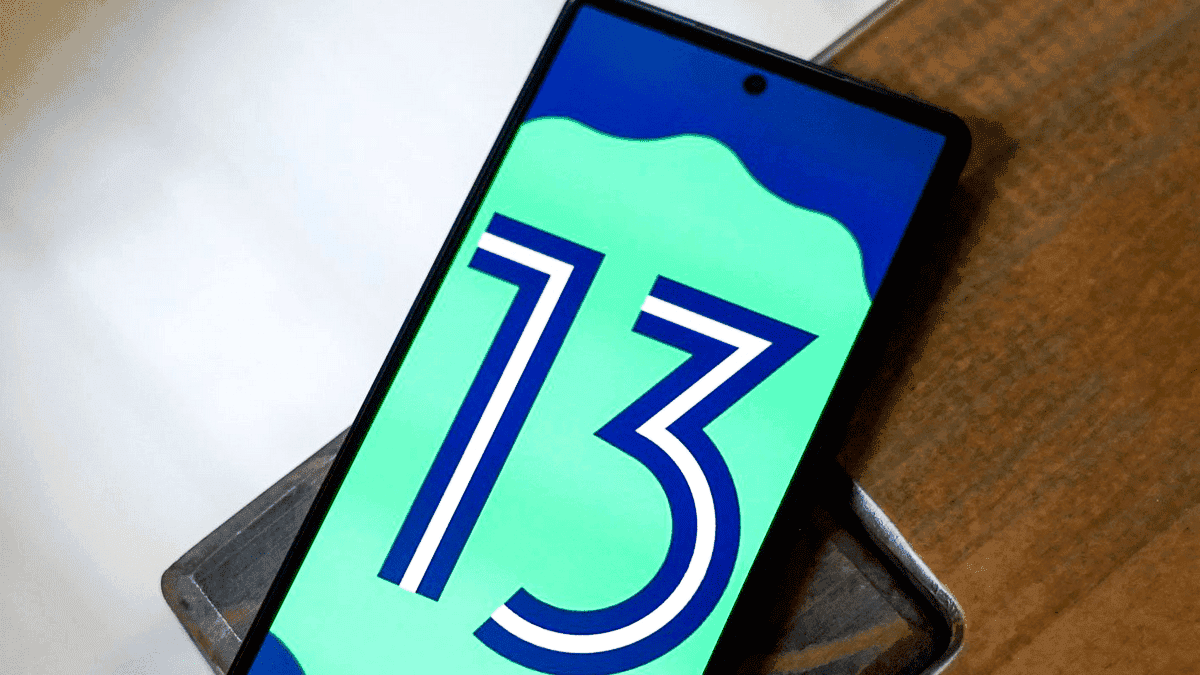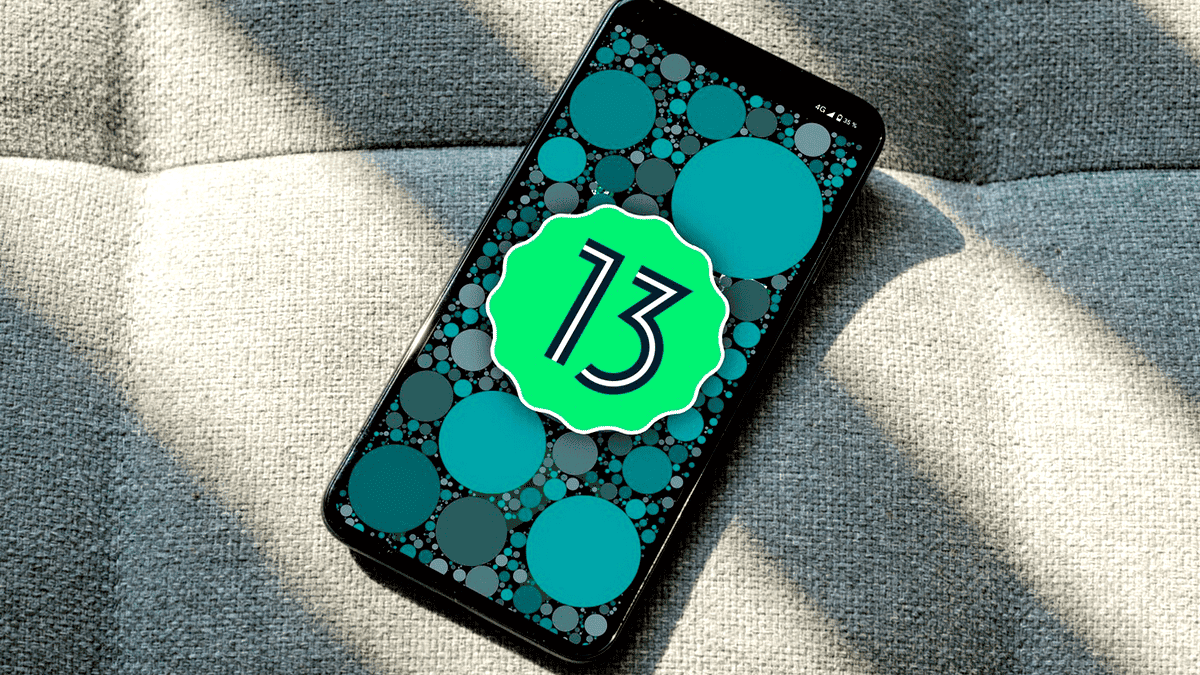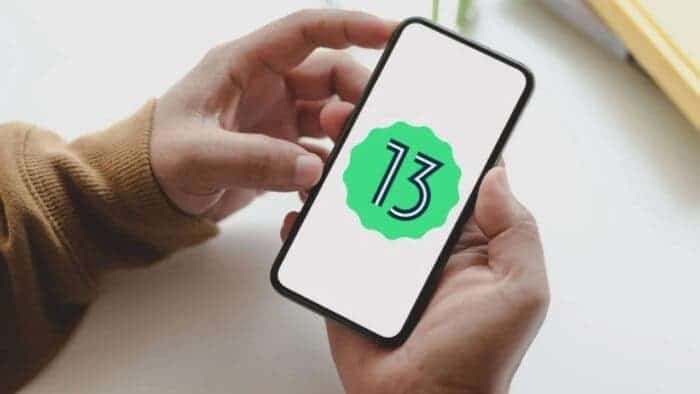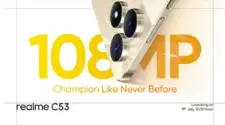Android 13 was released on August 16 and is a version that is full of small new features, especially if you own a Google Pixel. However, for me, this version has left me with a mixed feeling. I no longer have the impression that this version is anything more than a minor update to Android 12 after using it for more than three months. Alternatively, Android 13 should have been Android 12.1 or somthing similar.
Android 13 has mostly limited itself to following the road that Google began with Android 12, making it appear to be the weakest and most boring of all the Android updates. Android 12 was the update that fully overhauled the operating system with Material You. However, this is already typical. Android has already developed to such a high level of maturity that it will get harder and harder for it to surprise us with new features.
Android 13 main features

One of Android 13’s most notable features is personalization, which makes it seem as though it was made specifically for us. This is possible because of the Material You technology. Which allows us to change the colors, themes, and languages of the apps. Things that we already saw with Android 12 now extends to third-party applications with Android 13.
Currently, third-party apps can adjust their themes to match the backdrop color of our screens or the default color scheme that we have chosen. But until now, I haven’t come across any significant examples of third-party software taking advantage of this Android 13 innovation.
In order for apps on your home screen to display the same monochromatic style on the app icon, apps can also use themed icons. In addition to the majority of Google apps, applications like Facebook, Instagram, and Firefox, to mention a few, have added support for these themed icons. Other apps like WhatsApp, Telegram, Spotify, and Twitter have also done the same. Android 12, which introduced these adaptable themes, should have included these two novelties.
Changing the language of the apps is one of the significant new capabilities of Android 13 for customization. It is possible that Google has merged the application language settings into the system settings. Even if very few customers actually need some of their applications to be in a language other than the system.
New permission system
The new notification permission is one of Android 13’s biggest innovations. We must now decide whether to enable or not allow a new program to send us notifications when we launch it for the first time after installation. In essence, Android 13 makes it easier and faster for us to turn off notifications. Without having to wait for the first one to anger us, which is extremely nice.
Additionally, Android 13 gives us more specific permissions for media access. In Android 13, there are now multiple permissions, one for photos and videos and others for audio and music. When previously an application could access all of our files and multimedia information with a single permission. It’s a little update that now makes it possible to prohibit music players from accessing our images. But in the user’s day-to-day experience, it makes no real difference.
I haven’t yet discovered it, but one of Android 13’s standout innovations is its new photo and video picker. Which spares you from having to grant an app access to your whole library. With this choice, you can limit the apps with which you share your photos and videos. However, the developers don’t seem to be very happy with this innovation right now, as they keep requesting access to the full library. Maybe things will start to change in the future.

Little changes here and there
I really like the addition of sticky notifications in Android 13. You can now see the active background apps that are running and have the option to close them in a new area of the quick settings bar, which was not possible in earlier iterations.
Finally, one of the improvements in Android 13 that I enjoyed the most is the new clipboard. When copying a text, a floating window will appear for a brief period of time providing a preview of the copied text. So you can ensure it has been copied. As well as the ability to paste it or share it with other devices. Additionally, it automatically cleans the clipboard after a small period of time in order to increase our privacy. Which I don’t particularly like because sometimes I need to paste a sentence again, and it had already vanished.
It’s just Android 12.1 and not 13
Since I’ve been using it for a long period of time, Android 13 has given me the impression that it should have been Android 12.1, as it recently introduced Material You and its themed icons to all apps, even though I’m sure not many developers take advantage of this feature.
When we compare Android 13 to earlier releases, it is the update that has given me as a user the fewest new features, giving me the impression that I am about to receive just a lite update. Mostly because I use only a few of its new features in the end. Android 12 received a modest update with Android 13, and Android 14 will undoubtedly receive a similar treatment. Up till it hits an interface revamp, we will notice fewer and fewer differences between versions. Android has already reached such a high degree of maturity, as we have already mentioned, that it will become increasingly difficult for it to bring really new features.





